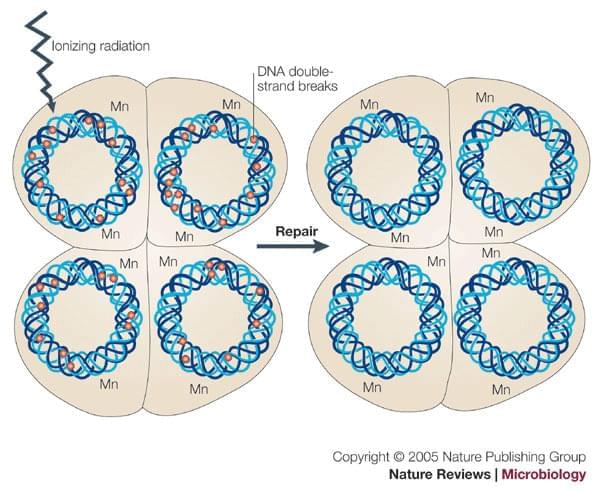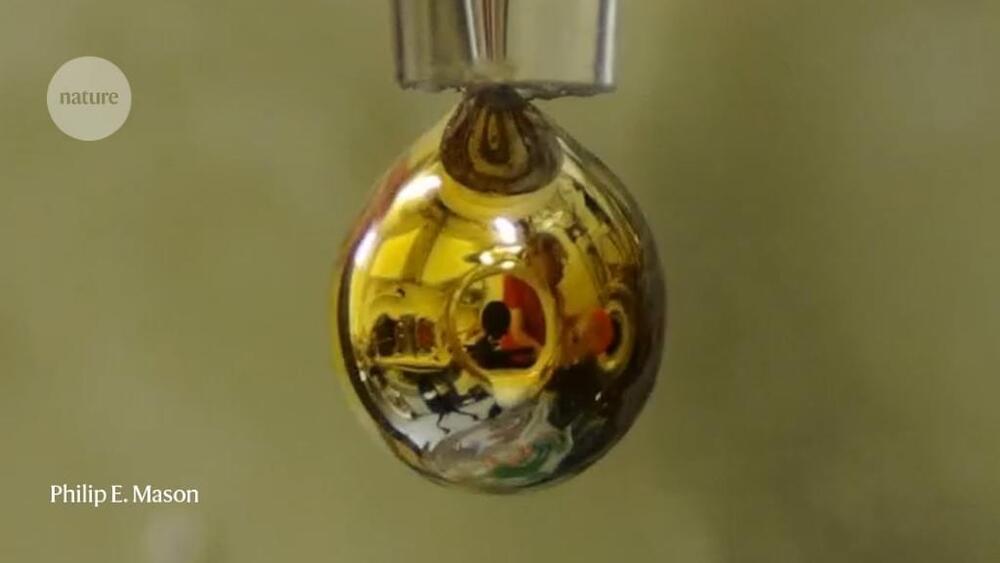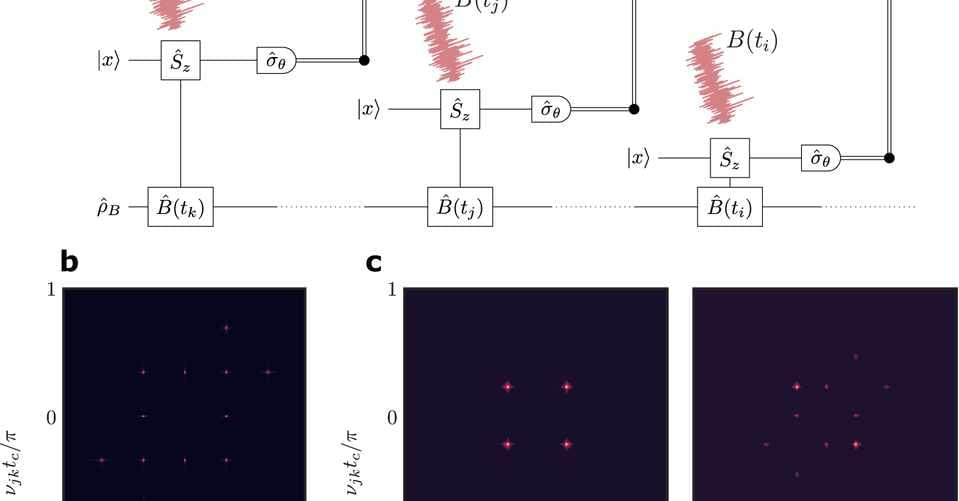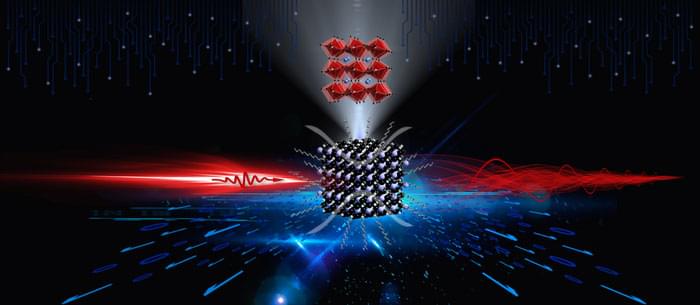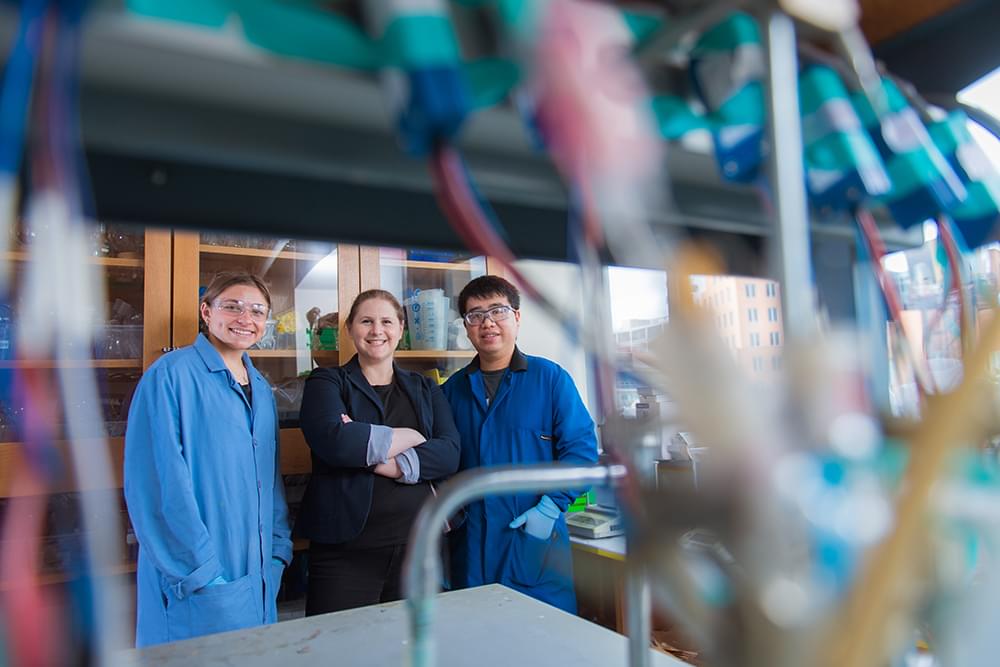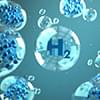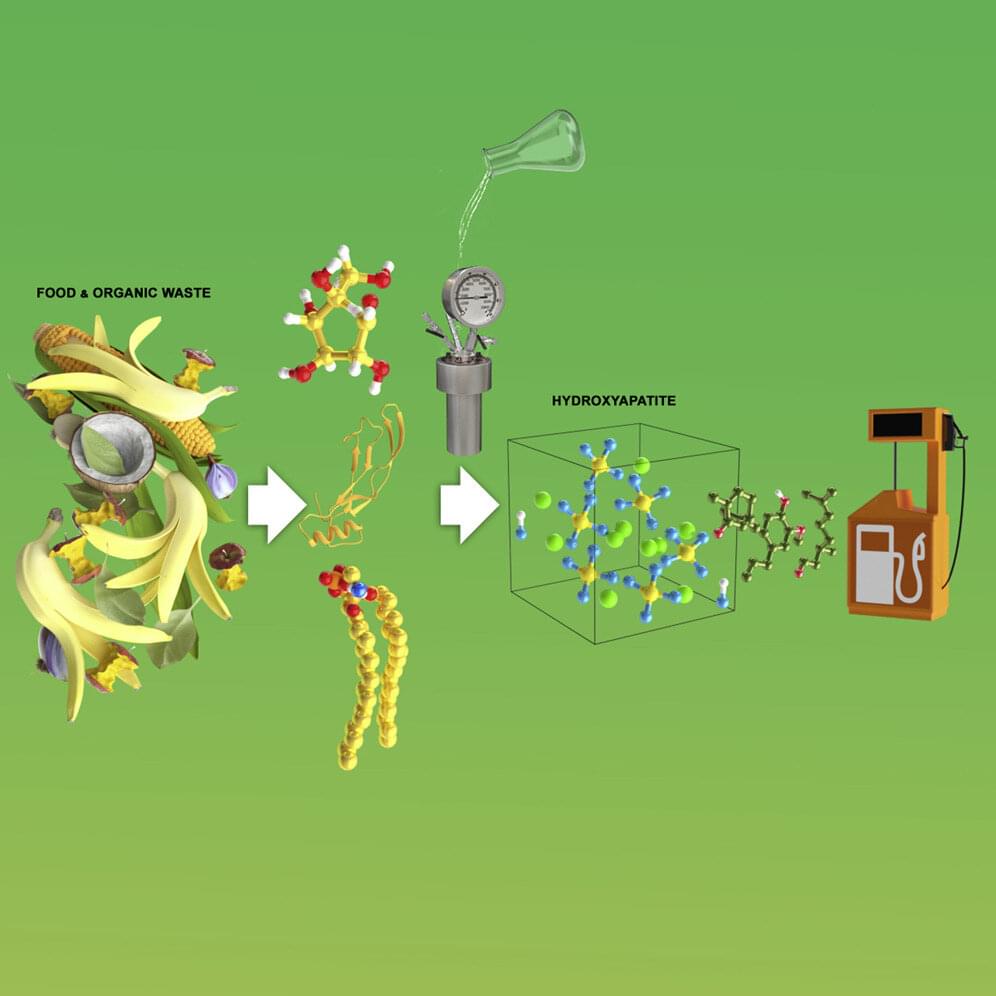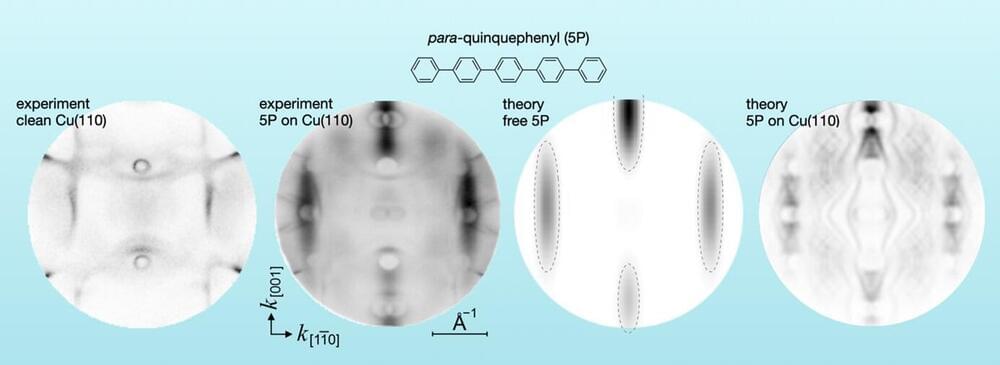Sep 11, 2022
Deinococcus radiodurans — the consummate survivor
Posted by Quinn Sena in categories: biotech/medical, chemistry, genetics
Circa 2005 Bacteria that is resistant to radiation could lead to better radiation resistance in humans.
Relatively little is known about the biochemical basis of the capacity of Deinococcus radiodurans to endure the genetic insult that results from exposure to ionizing radiation and can include hundreds of DNA double-strand breaks. However, recent reports indicate that this species compensates for extensive DNA damage through adaptations that allow cells to avoid the potentially detrimental effects of DNA strand breaks. It seems that D. radiodurans uses mechanisms that limit DNA degradation and that restrict the diffusion of DNA fragments that are produced following irradiation, to preserve genetic integrity. These mechanisms also increase the efficiency of the DNA-repair proteins.
